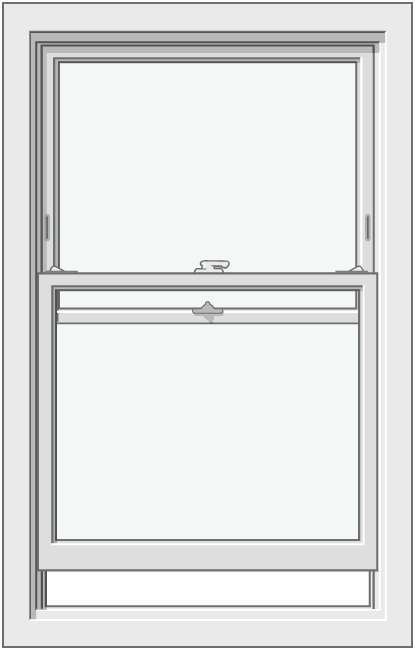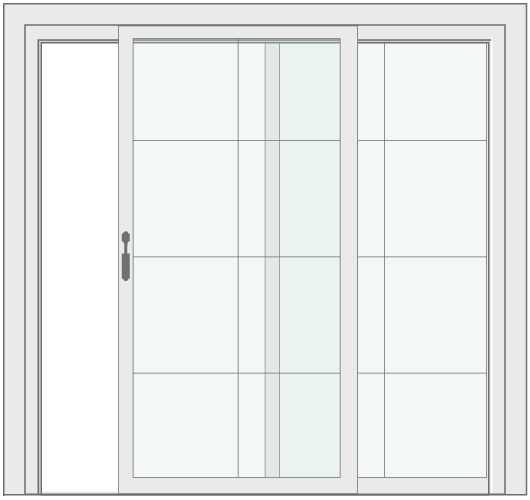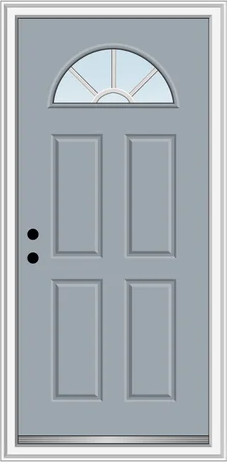 So your considering replacing the windows in your home, congratulations this seemingly insignificant decision just might save the Earth! Well maybe not, but it just might be the best decision you ever make. Replacing your old inefficient windows will help lower your utility bill and shrink your carbon footprint. No single home improvement project has a greater impact on your home’s overall energy performance than replacing the windows in your home.
So your considering replacing the windows in your home, congratulations this seemingly insignificant decision just might save the Earth! Well maybe not, but it just might be the best decision you ever make. Replacing your old inefficient windows will help lower your utility bill and shrink your carbon footprint. No single home improvement project has a greater impact on your home’s overall energy performance than replacing the windows in your home.
When it comes to replacing the windows in your home, many homeowners have been mislead into believing that the frame is the most important part of a replacement window. You don’t have to be a rocket scientist however to understand why this couldn’t be further from the truth. Over 90% of a replacement window is glass not frame. While a sturdy frame is essential to its longevity, high quality glass is key to overall performance and vital to your long term goal of energy savings.
The high performance glass packages that exist in the market today are driven by one main component, Gas! Today’s replacement windows are nothing like the windows our parents grew up. Gone are the days of weights in the wall and single pane frames. Today’s replacement windows have as many high performance options as a German sports car!
You’ve probably heard people talking about gas being put between the panes of glass in a replacement window. This gas is added for many reasons. Lets take a look…
What gas is used in high performance windows?
There are 2 main inert gases that are commonly used in the replacement window industry; argon and krypton. Both of these gases are heavier than the air we breath and harmless for us to inhale. While krypton gas is a better insulator than argon, argon has become the standard gas found in most high quality replacement windows. Krypton gas can cost as much as 1000% more than argon making it a premium upgrade found only in the most efficient windows.
Why is gas used to insulate replacement windows?
I can still remember the windows that my parents had in their home when I was a kid. These windows were horrible! They were single pane windows that actually frosted up during the winter months. Every year my mom would spend an entire weekend taking out the screens and putting in the heavy storm windows. These storm windows provided a second layer of single pane glass. This second layer of glass would aid in lessening the draft but provided little in the way of additional insulation.
Now fast forward to the late 80’s. MC Hammer was wearing his baggy pants and replacement windows found a new partner with the use of gas-filled glass chambers. In 1987 Cardinal Glass Company became the 1st company to use argon gas in their insulated glass units. As I mentioned earlier, argon gas is used to insulate replacement windows because it is heavy than the air we breath. This denser gas slows the molecular movement of energy, evening out the temperature of the glass panes and minimizing the heat and cold transfer in and out of your home.
What is convection?
Convection is essentially the measurement of heat flow via air movement through a surface. As the cold outdoor air moves across the exterior glass surface this surface begins to cool. The warm inside air molecules travel towards the cold exterior glass resulting in heat loss. Conversely, during the summer months warm exterior air molecules move close to the cool interior glass surface causing the inside of your home to heat up and your air conditioner to run more than it should. Gas filled replacement windows slow the process of convection and save you enormous amount of energy.
Do all replacement windows have the same amount of gas?
The simple answer to this question is no! Not all insulated glass units are created equal. There are 2 ways that gas is placed inside a replacement window. Gas can be either be injected into an already sealed unit or an unsealed unit can be immersed into a room that fills with gas before being sealed.
While both of these techniques will get the job done, the immersion method is far more superior. A previously sealed glass unit must be punctured by a probe in order to fill the empty chamber. After filling, as this probe is removed from the unit, a small amount of gas will inevitably leak out and be replaced with the air we breath. This small amount of air will displace the heavier argon gas to the bottom of the sealed chamber causing the upper portion of your window to have significantly lower energy performance. On the other hand, an insulated glass unit that is filled using the immersion method is almost always guaranteed to have a 100% gas fill rate leading to higher energy performance for years to come.
Bottom line, do your research. Make sure the windows you choose for your home will provide energy savings and high quality performance for years to come!
This article has been written by the publishing staff at Pure Energy Window Company. We are Family Owned and Operated replacement window company servicing all of Southeastern Michigan and Lansing. If you are considering replacing the windows in your home, give Pure Energy a call today. Call (844) 449-9990 or click on the link below to get started!
Free No-Obligation Consultation
Request your free no-obligation window replacement consultation with Pure Energy Window
Lock in Your $1,000 Savings By Clicking Here »












